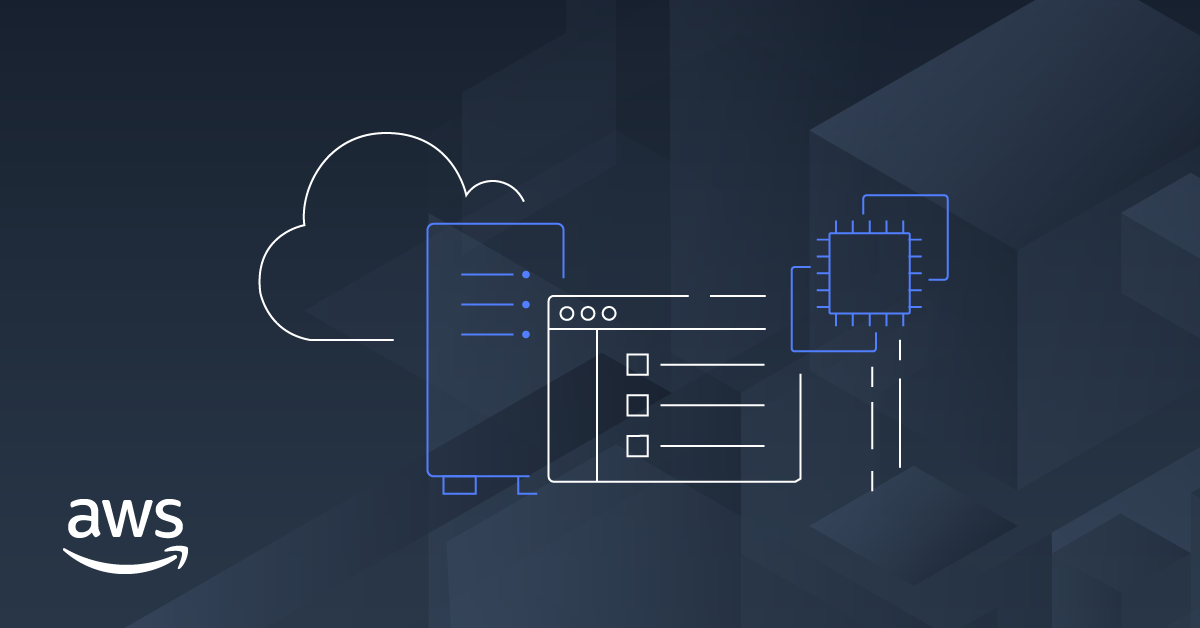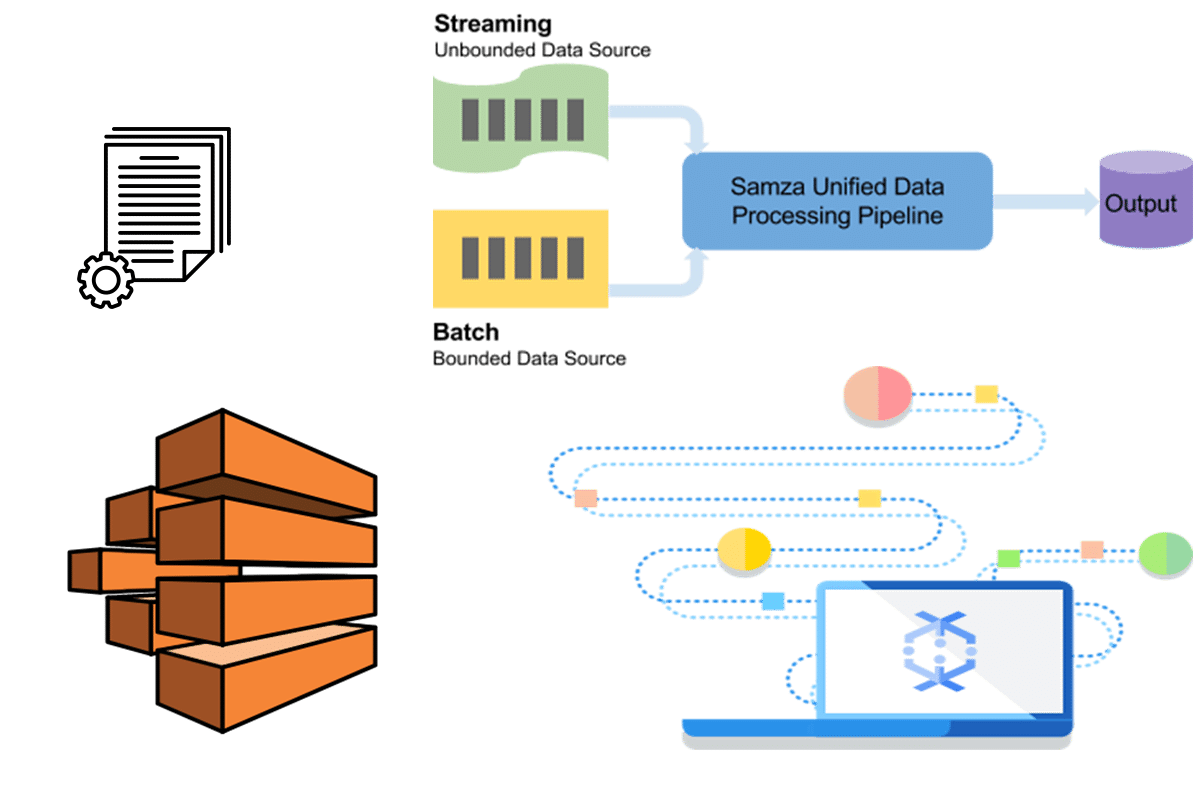15 Dec
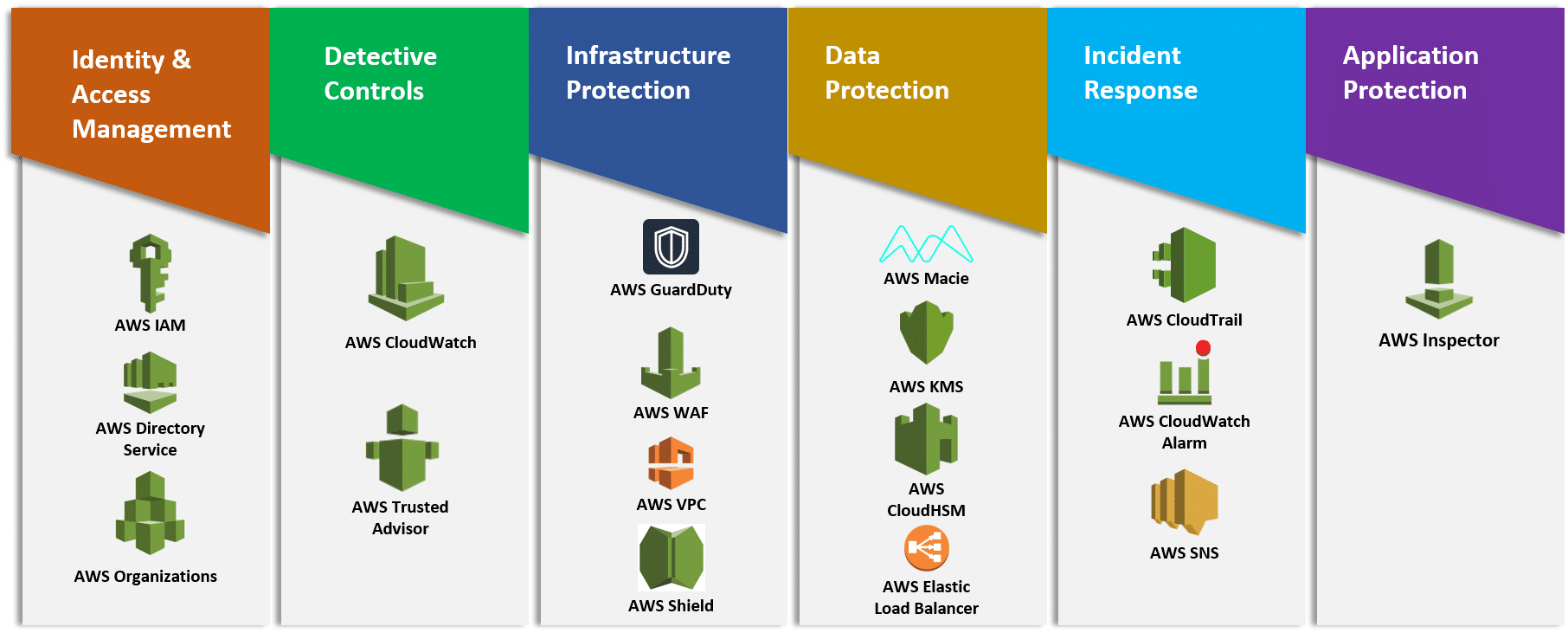
Definition:
AWS Well-Architected Framework provides a consistent set of best practices for customers and partners to evaluate architectures. and provides a set of questions you can use to evaluate how well architecture is aligned to AWS best practices.
The Five Pillars:
The AWS Well-Architected Framework is based on five pillars — operational excellence, security, reliability, performance efficiency, and cost optimization.
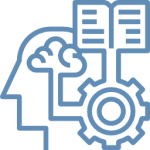
Operational Excellence:
The ability to run and monitor systems to deliver business value and to continually improve supporting processes and procedures.
Security:
The ability to protect the information, systems, and assets while delivering business value through risk assessments and mitigation strategies.
Reliability:
The ability of a system to recover from infrastructure or service disruptions, dynamically acquire computing resources to meet demand, and mitigate disruptions such as misconfigurations or transient network issues.
Performance Efficiency:
The ability to use computing resources efficiently to meet system requirements, and to maintain that efficiency as demand changes and technologies evolve.
Cost Optimization:
The ability to run systems to deliver business value at the lowest price point.
Key Concepts to Achieve the Five Pillars:
The Well-Architected Framework identifies a set of general design principles to facilitate good design in the cloud:
Stop guessing your capacity needs:
Eliminate guessing about your infrastructure capacity needs. When you make a capacity decision before you deploy a system, you might end up sitting on expensive idle resources or dealing with the performance implications of limited capacity. With cloud computing, these problems can go away. You can use as much or as little capacity as you need, and scale up and down automatically.
 Test systems at production scale:
Test systems at production scale:
In the cloud, you can create a production-scale test environment on-demand, complete your testing, and then decommission the resources. Because you only pay for the test environment when it’s running, you can simulate your live environment for a fraction of the cost of testing on-premises.
Automate to make architectural experimentation easier:
Automation allows you to create and replicate your systems at a low cost and avoid the expense of manual effort. You can track changes to your automation, audit the impact, and revert to previous parameters when necessary.
Allow for evolutionary architectures:
In a traditional environment, architectural decisions are often implemented as static, one-time events, with a few major versions of a system during its lifetime. As a business and its context continue to change, these initial decisions might hinder the system’s ability to deliver changing business requirements. In the cloud, the capability to automate and test on-demand lowers the risk of impact from design changes. This allows systems to evolve over time so that businesses can take advantage of innovations as a standard practice.
 Drive architectures using data:
Drive architectures using data:
In the cloud, you can collect data on how your architectural choices affect the behavior of your workload. This lets you make fact-based decisions on how to improve your workload. Your cloud infrastructure is code, so you can use that data to inform your architecture choices and improvements over time.
Improve through game days:
Test how your architecture and processes performed by regularly scheduling game days to simulate events in production. This will help you understand where improvements can be made and can help develop organizational experience in dealing with events.
AWS Services To Achieve the 5 Pillars:
The AWS service that is essential to Security is AWS Identity and Access Management (IAM), which allows you to securely control access to AWS services and resources for your users. The following services and features support the five areas in security:
Identity and Access Management:
IAM enables you to securely control access to AWS services and resources. MFA adds an additional layer of protection on user access. AWS Organizations lets you centrally manage and enforce policies for multiple AWS accounts.
Detective Controls:
AWS CloudTrail records AWS API calls, AWS Config provides a detailed inventory of your AWS resources and configuration. Amazon GuardDuty is a managed threat detection service that continuously monitors for malicious or unauthorized behavior. Amazon CloudWatch is a monitoring service for AWS resources that can trigger CloudWatch Events to automate security responses.
Infrastructure Protection:
Amazon Virtual Private Cloud (Amazon VPC) enables you to launch AWS resources into a virtual network that you’ve defined. Amazon CloudFront is a global content delivery network that securely delivers data, videos, applications, and APIs to your viewers which integrates with AWS Shield for DDoS mitigation. AWS WAF is a web application firewall that is deployed on either Amazon CloudFront or Application Load Balancer to help protect your web applications from common web exploits.
Data Protection:
Services such as ELB, Amazon Elastic Block Store (Amazon EBS), Amazon S3, and Amazon Relational Database Service (Amazon RDS) include encryption capabilities to protect your data in transit and at rest. Amazon Macie automatically discovers, classifies and protects sensitive data, while AWS Key Management Service (AWS KMS) makes it easy for you to create and control keys used for encryption. 18 AWS Well-Architected Framework
Incident Response:
IAM should be used to grant appropriate authorization to incident response teams and response tools. AWS CloudFormation can be used to create a trusted environment or cleanroom for conducting investigations. Amazon CloudWatch Events allows you to create rules that trigger automated responses including AWS Lambda.
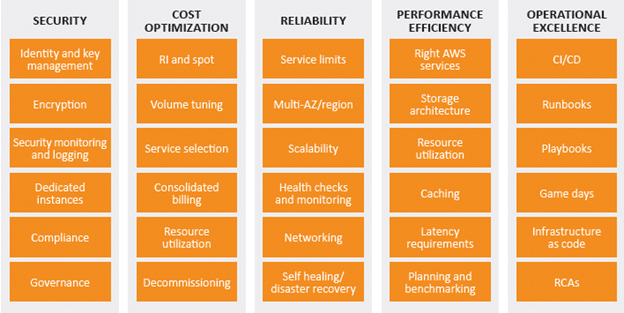
Best Practices:
Expenditure Awareness:
The increased flexibility and agility that the cloud enables encourages innovation and fast-paced development and deployment. It eliminates the manual processes and time associated with provisioning on-premises infrastructure, including identifying hardware specifications, negotiating price quotations, managing purchase orders, scheduling shipments, and then deploying the resources. However, the ease of use and virtually unlimited on-demand capacity requires a new way of thinking about expenditures.
Cost-Effective Resources:
Using the appropriate instances and resources for your workload is key to cost savings. For example, a reporting process might take five hours to run on a smaller server but one hour to run on a larger server that is twice as expensive. Both servers give you the same outcome, but the smaller server incurs more cost over time.
Matching supply and demand
Optimally matching supply to demand delivers the lowest cost for a workload, but they also need to be sufficient extra supply to allow for provisioning time and individual resource failures. Demand can be fixed or variable, requiring metrics and automation to ensure that management does not become a significant cost.
Optimizing Over Time:
As AWS releases new services and features, it is a best practice to review your existing architectural decisions to ensure they continue to be the most cost-effective. As your requirements change, be aggressive in decommissioning resources, entire services, and systems that you no longer require.
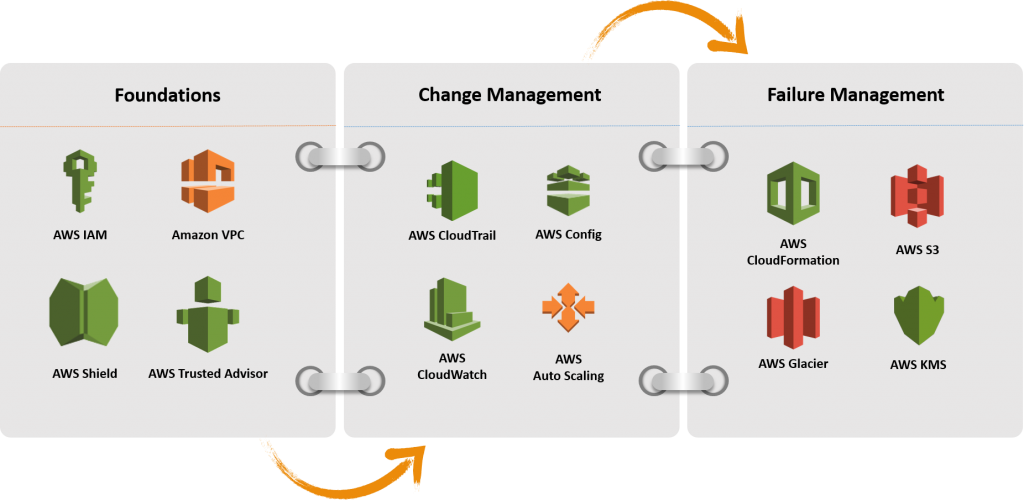
Conclusion
The AWS Well-Architected Framework provides architectural best practices across the five pillars for designing and operating reliable, secure, efficient, and cost-effective systems in the cloud. The Framework provides a set of questions that allows you to review an existing or proposed architecture. It also provides a set of AWS best practices for each pillar. Using the Framework in your architecture will help you produce stable and efficient systems, which allow you to focus on your functional requirements.








